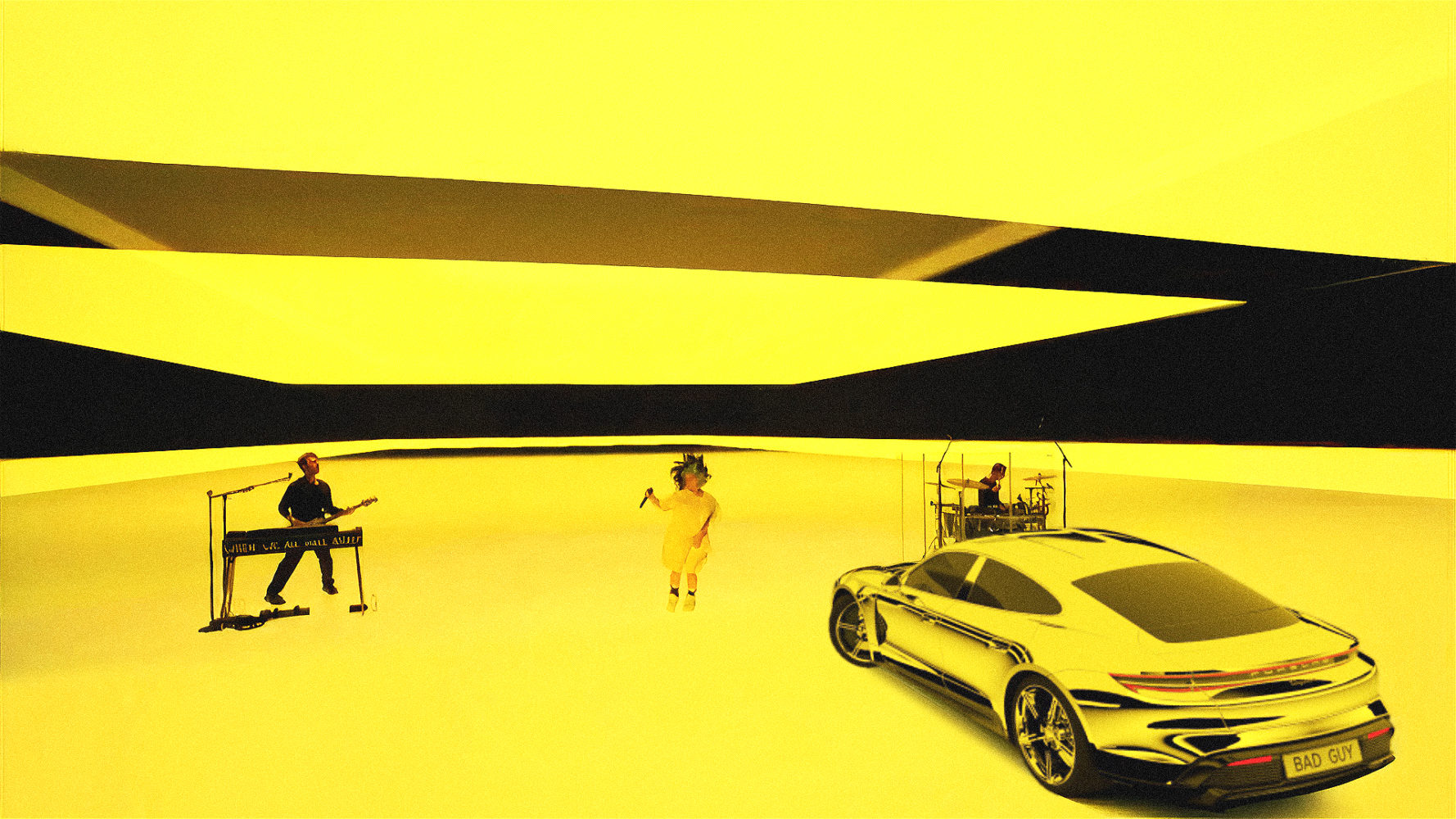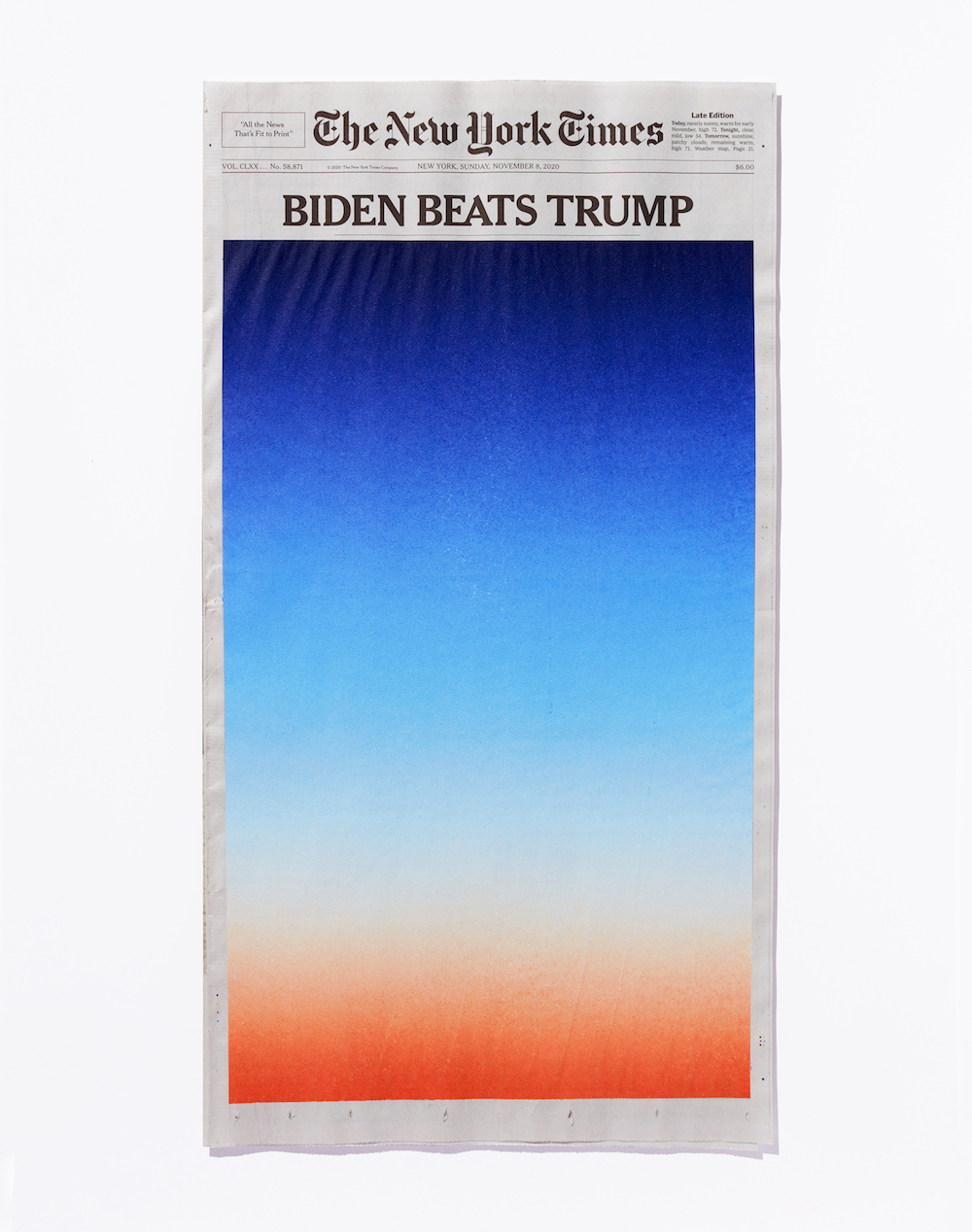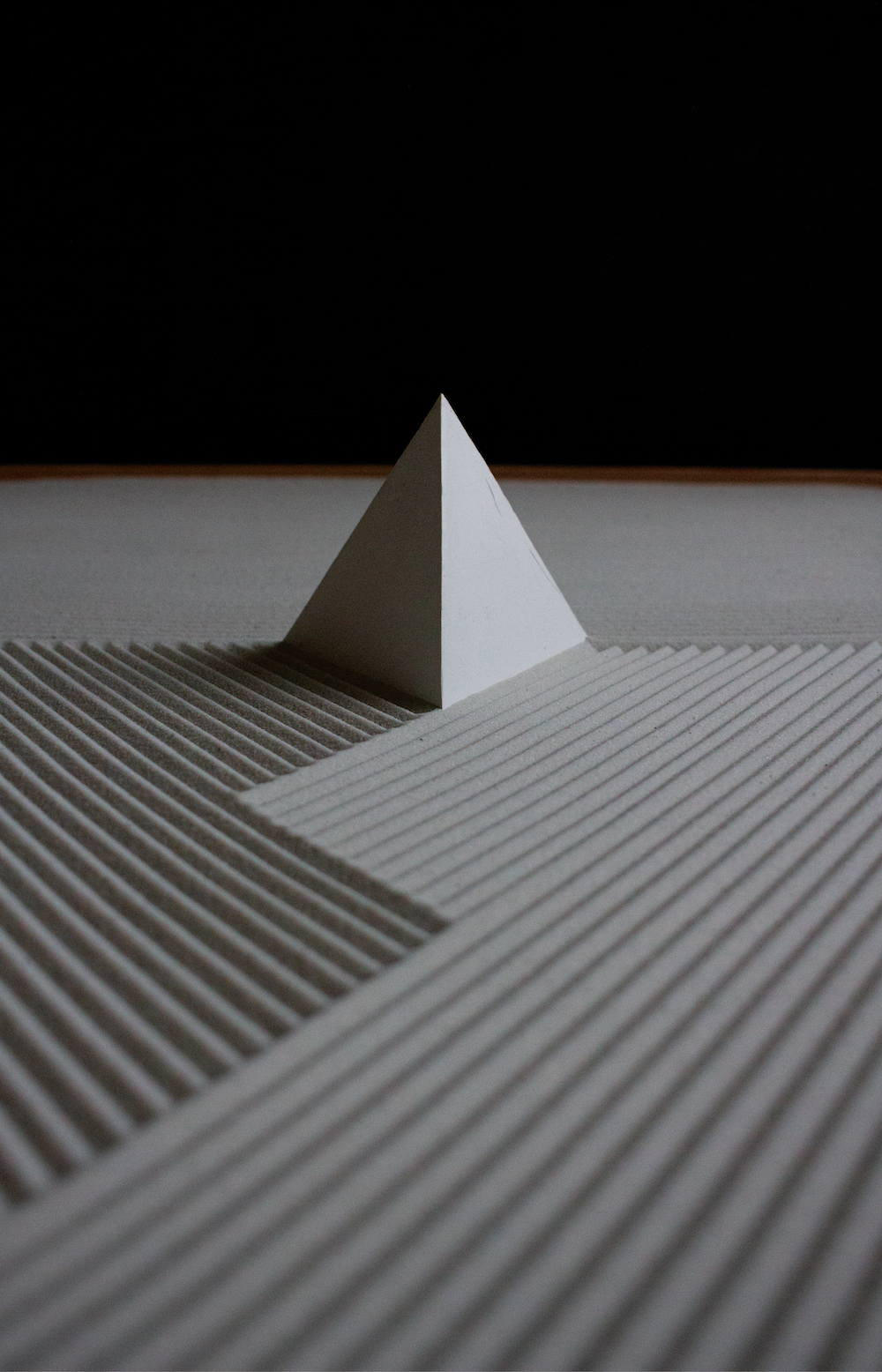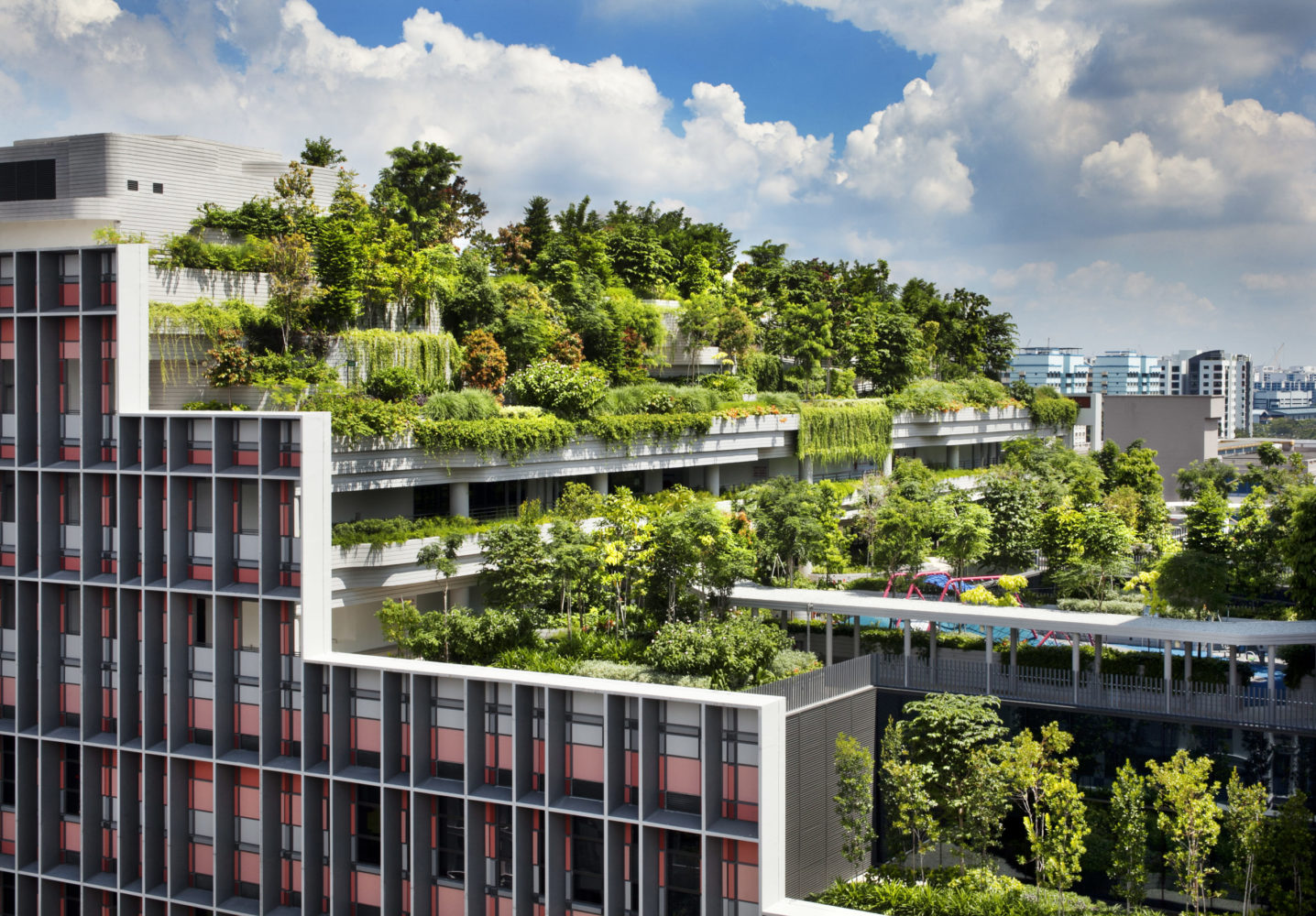Alexander Us is the co-founder and creative director of the interactive media, production, and conceptual design company Sila Sveta. He believes that digital art propelled by experiential approaches like AI, VR, and XR can heighten simple light and sound installations, bringing them into the modern world. The studio’s international creations excite crowds with holographic performances, multimedia concert installations, VR projects, 3-D mappings on buildings, immersive product launches, large-scale architectural projects, and more.
Ahead of the opening of Sila Sveta’s new Harry Nuriev–designed office and experiential space in Los Angeles, Whitewall spoke with Us about creating theatrical experiences and today’s precursor of hybrid art.
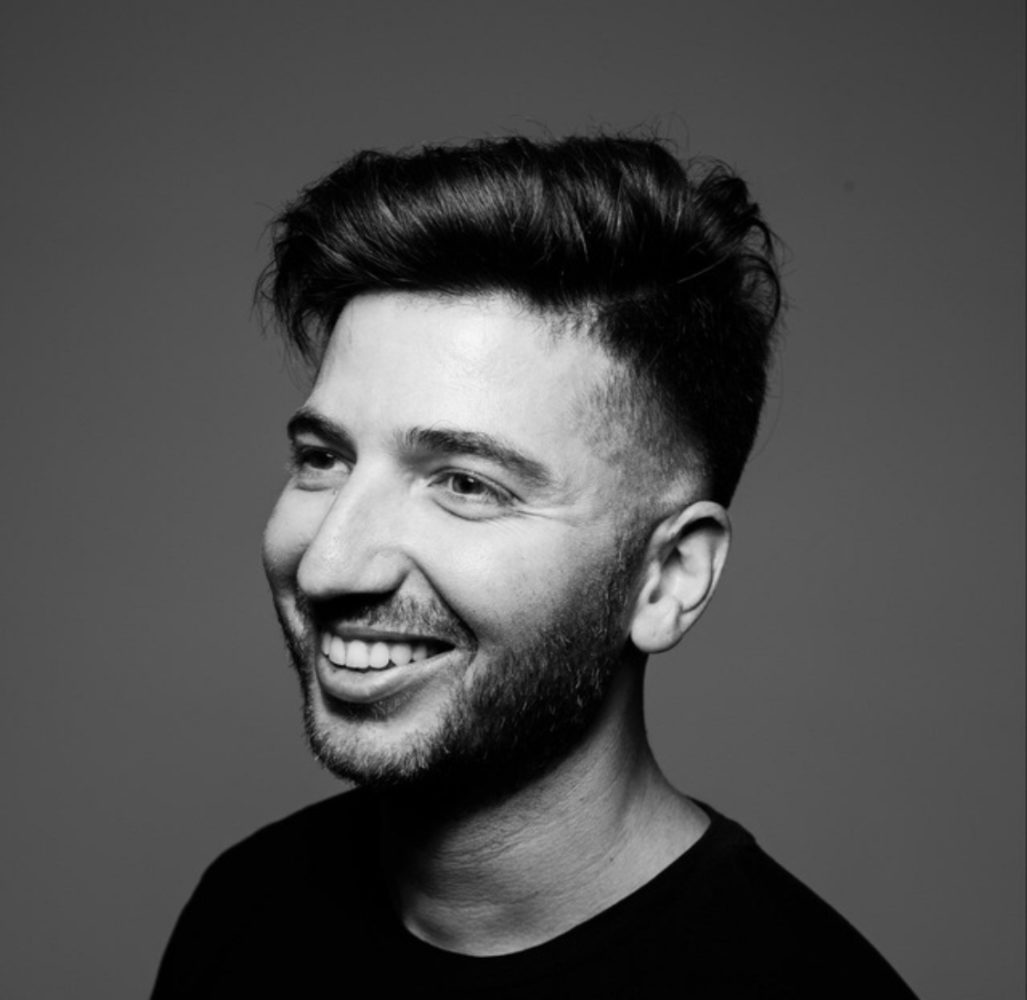
Portrait of Alexander Us, courtesy of Sila Sveta.
WHITEWALL: Your first project—colorful slide projections on the side of the Ostankino TV tower in 2008—was inspired by your childhood. How?
ALEXANDER US: I grew up in the nineties on the outskirts of Moscow, where any sane person could go crazy because of the winter that lasts half a year. I was constantly surrounded by concrete buildings with dirty seams between slabs and people who always wore black. As a child, I used to spend a lot of time sitting by the window observing those landscapes. I always thought to myself, “Why can’t we just turn these buildings into screens and put images on them?” Therefore, when I first saw a projector that could light up a gray building with just one click, I realized I wanted to dedicate my life to it.
WW: What do you feel is special about working with light to manipulate and invigorate space, opposed to working with another medium?
AU: Nothing but the light can, in a matter of seconds, radically change space. The color of light influences your brain. I don’t know any other instrument changes space so quickly and radically. In an instant, you can turn an ordinary room into a magical space by using light. By changing the lighting color in a club, you can easily change people’s mood. It also amazes me when light breaks through various obstacles like forest, water, or colored glass.
WW: How is the studio embracing new technology to push the boundaries of its projects?
AU: All we do is let our fantasies out into reality by using modern technologies—make illusory worlds as real as possible. Cinema creates worlds behind screens, but we try to immerse the viewer into our worlds. Any new technology that appears and meets our requirements should be used. Therefore, it happens in an organic way—it can be XR, VR, or hologram. In fact, we develop these technologies because engineers must, first of all, get inspired by creative ideas. This is how creators inspire engineers, and engineers help creators.
The more impressively technology can bring our fantasies into this world, the better it is for us. The time of hybrid art when people can immerse themselves into the art canvas is coming. AI allows you to do fantastic things—transforming a person into other substances, helping to create content. We all are waiting for the “make it beautiful” button, and it will soon appear on the keyboard.
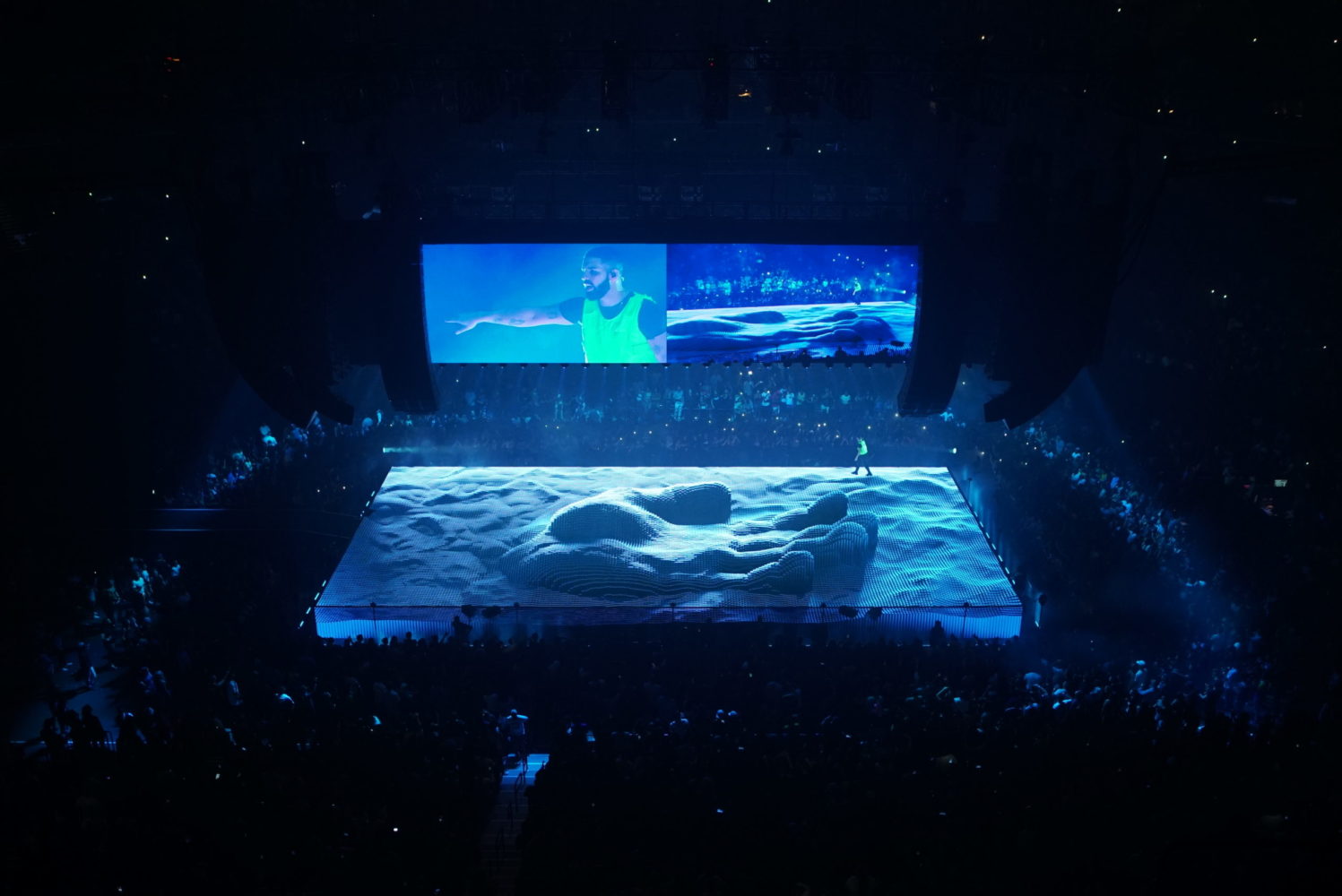
Drake’s “Aubrey & the Three Migos” tour in Fall 2018, photo by Anton Arkhipov, courtesy of Sila Sveta.
WW: How do you feel immersive art is changing right now, with so many people around the world unable to experience art in person due to the pandemic?
AU: Oddly enough, our area, seemingly so dependent on live gatherings of people, turned out to be very flexible and was one of the first to rebuild itself online. The pandemic has given a powerful impetus to the demand for XR technology. New versions of equipment have appeared, which allow making virtual studios and spaces with living people inside. Billie Eilish’s concert is a prime example of this. An important fact is that the concert was broadcast live and not prerecorded. In this way, the energy of the artist was transmitted.
WW: How does being based in both Moscow and Los Angeles impact the way you view, interact, discover, and curate experiential art?
AU: Boundaries are blurred. We are not in Moscow or L.A.; we are on the Internet. Still, there are certain differences in tastes and style of work in Russia and America. It’s great that we are on both sides and can draw inspiration from both. Modern digital art is a universal language that is understandable to everyone—whether in L.A. or in Moscow.
WW: Is there an area of production Sila Sveta has yet to explore but aims to?
AU: This area is real time. We are developing in the field of real time graphics, and we are also reinforcing the team of engineers, because at the moment we are developing in the field of creating museums. And it takes a different kind of engineering skills and knowledge to make permanent installations.
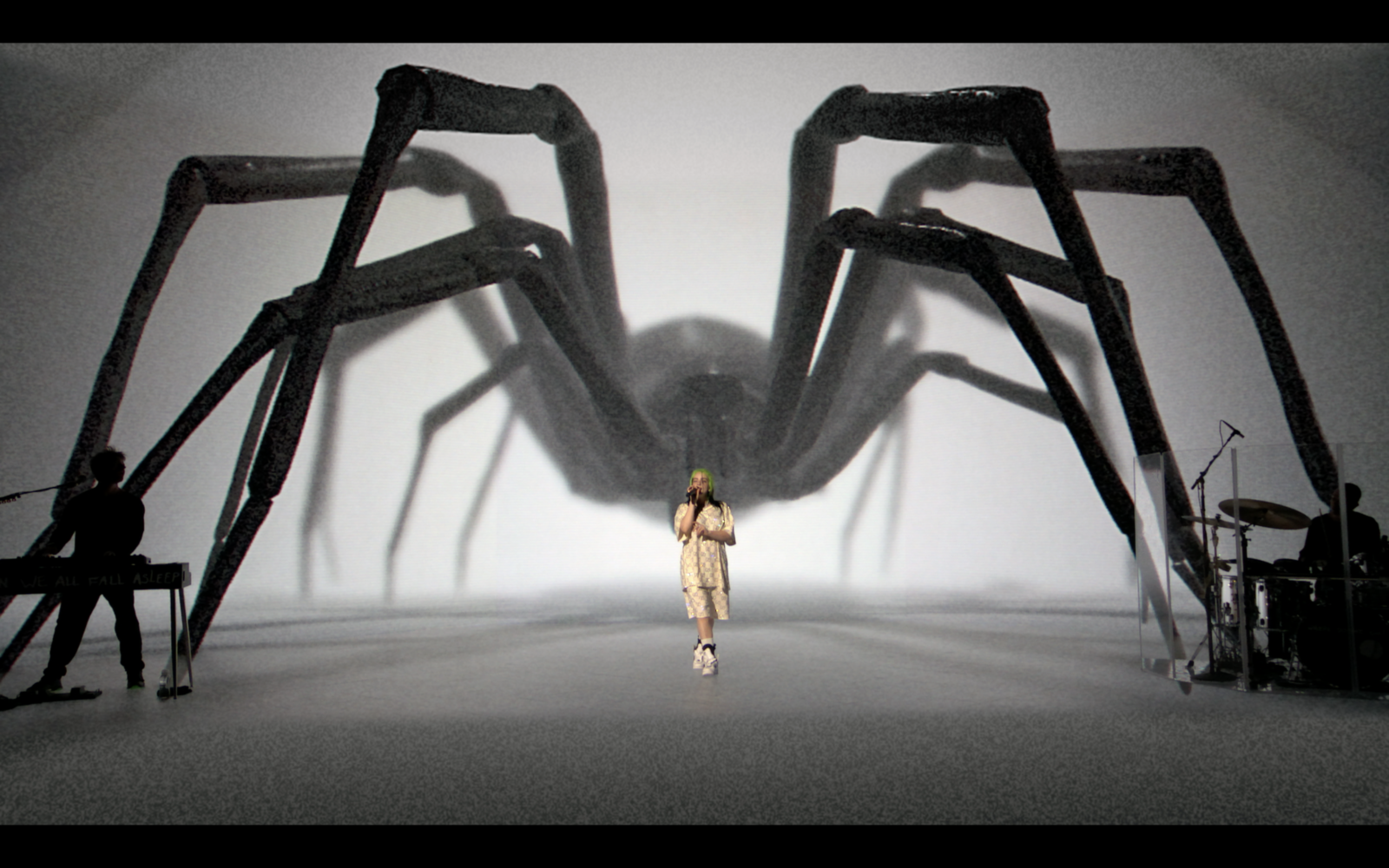
Billie Eilish’s “Where Do We Go? The Livestream” event in October 2020, courtesy of Sila Sveta.


